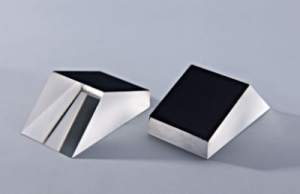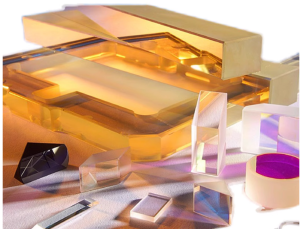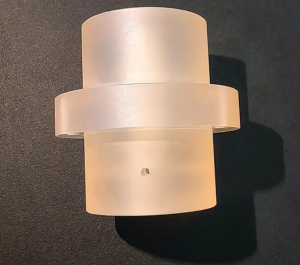In optical devices, a piece of glass or other transparent material that is cut at precise angles and planes and can be used to analyze and reflect light. An ordinary triangular prism can separate white light into its constituent colors, known as the spectrum. Each color or wavelength that constitutes white light is bent or refracted, but in a different amount. Shorter wavelengths (wavelengths toward the purple end of the spectrum) bend more, while longer wavelengths (wavelengths toward the purple end of the spectrum) bend more, while longer wavelengths (wavelengths toward the red end of the spectrum) bend less. This prism is used in certain spectroscopes, instruments that analyze light, and determine the identification and structure of materials that emit or absorb light.
An optical prism refracts light to reflect (reflective prism), disperse (dispersive prism), or split (beam splitter) light. Prisms are typically made of glass, but any material can be used as long as the material is transparent and suitable for the design wavelength. Common materials include glass, plastic, and fluorite.
Optical prisms can reverse the direction of light through internal reflection, so they are useful in binoculars.
Depending on the application, optical prisms can be made in many different forms and shapes. For example, the Polo prism consists of two prisms that can invert images as well as images, and is used in many optical observation instruments, such as periscopes, binoculars, and binoculars.




